- Home
- slideshows
- miscellaneous
- US Central Command wants $21 million to expand a vital Middle East port to help counter Iran
US Central Command wants $21 million to expand a vital Middle East port to help counter Iran
The US and Oman signed a "Strategic Framework Agreement" on March 24, 2019, allowing US forces to use the ports of Al Duqm and Salalah.

The deal allowed Oman to advance its efforts to transform Duqm into an industrial hub and port center and offered the US better positioning in the region amid a growing competition with China for influence all over the world.
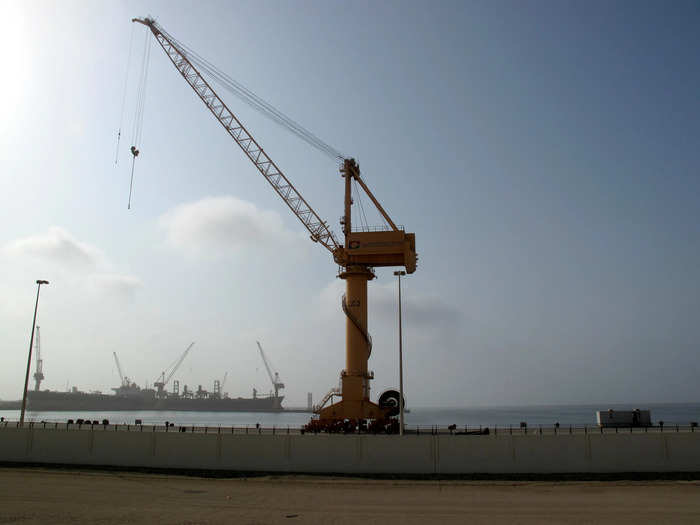
China has already set up its first overseas military base, billed as a logistics hub, in the East African country of Djibouti, not far from the US's biggest base in Africa. Chinese firms at one point also planned to invest up to $10.7 billion in Duqm for commercial development.
But at the time the US and Oman signed their deal, US officials told Reuters the Chinese didn't appear to have done any work in the part of Duqm set aside for them.
Concerns about China notwithstanding, US officials framed the deal with Oman over Duqm as a success in its efforts with partners in the region against Iran.
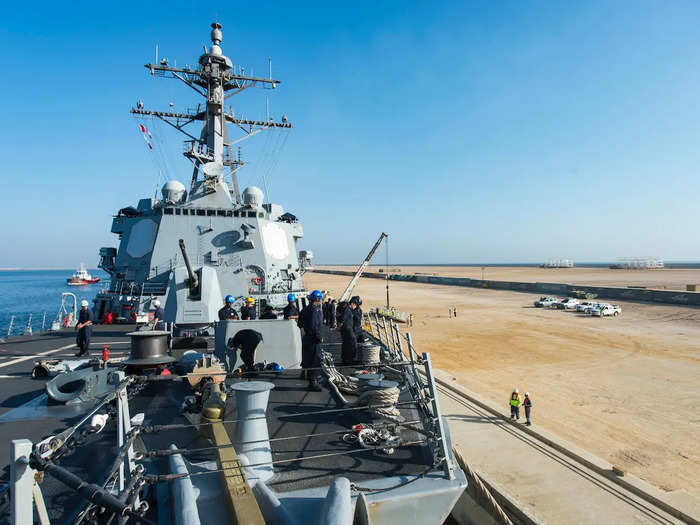
The US Embassy in Oman said at the time that the deal "reaffirms the commitment of both countries to promoting mutual security goals."
"We used to operate on the assumption that we could just steam into the Gulf," but "the quality and quantity of Iranian weapons raises concerns," one US official told Reuters.
The port at Duqm is also large enough to host aircraft carriers.
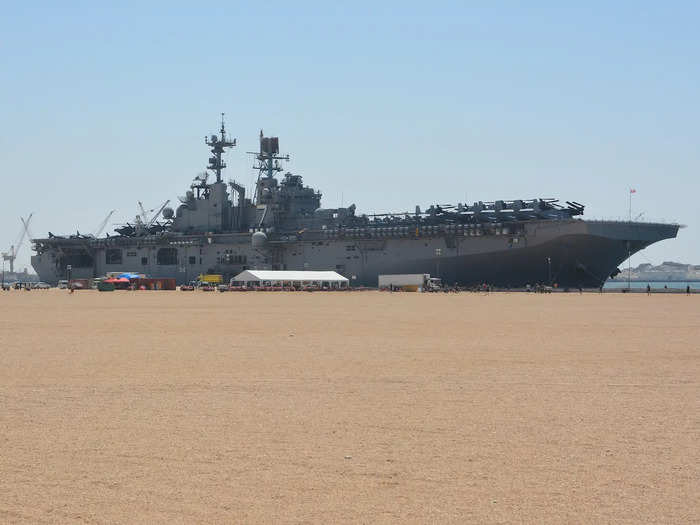
In January, aircraft carrier USS Harry S. Truman and guided-missile cruiser USS Normandy made their first port visit at Duqm while transiting through the 5th Fleet area of responsibility.
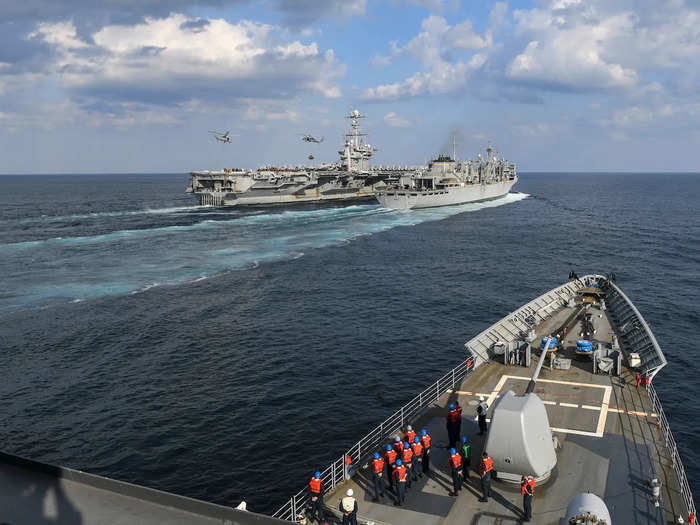
Personnel from Naval Supply Systems Command Fleet Logistics Center Bahrain traveled to Duqm to help offload cargo, including 6,000 pounds of mail and flu vaccines for the Normandy. They also found lost baggage for a service member who traveled commercially to meet the Truman.
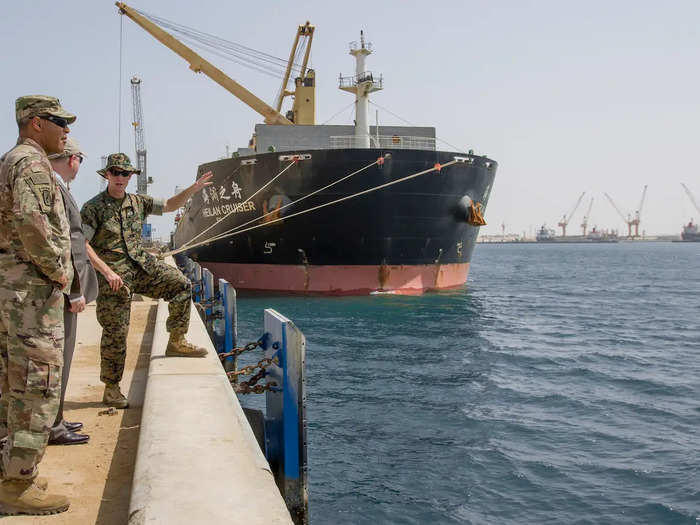
"Supporting a ship with 5,000-plus sailors can be a complex and challenging logistical evolution. It helps us at NAVSUP FLC Bahrain, as well as the ship's company, to have personnel on site," said Joshua Wells, a contracting officer with NAVSUP FLC Bahrain.
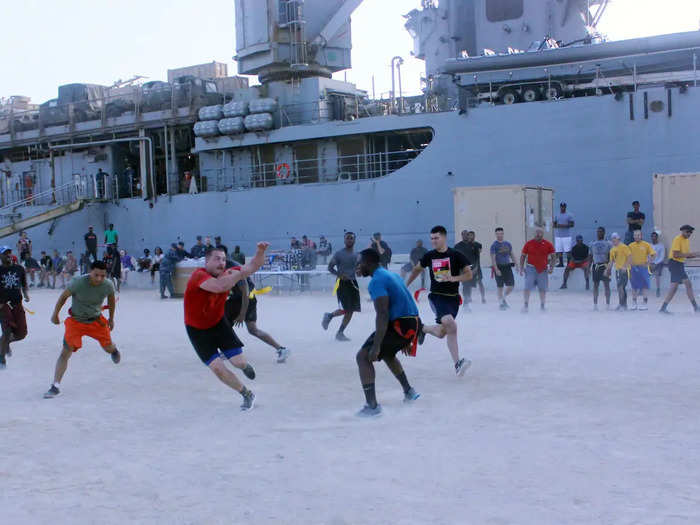
Source: US Navy
The $21 million requested by Central Command would "go to support waterfront operations, warehouse, boat maintenance, and ordnance facilities and activities for all three Service Components," the unfunded priorities letter says.
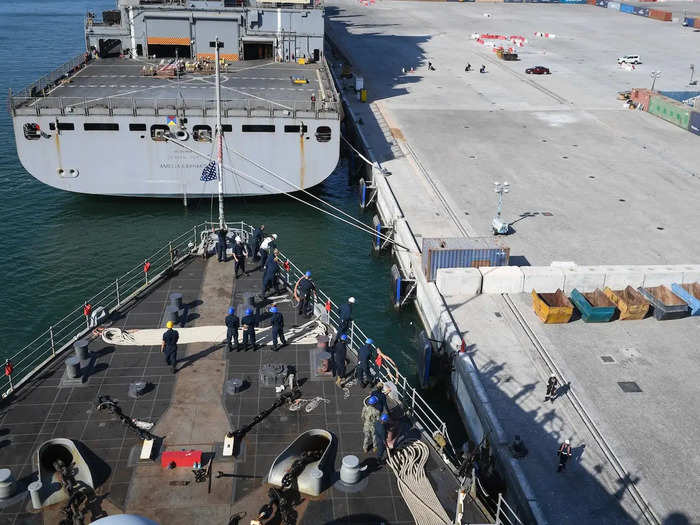
"Further development ensures Duqm supports a more efficient, flexible, and resilient [Central Command] posture with dispersed aerial- and sea-port of debarkation capabilities that mitigate movement constraints through strategic maritime chokepoints," it adds.
!["Further development ensures Duqm supports a more efficient, flexible, and resilient [Central Command] posture with dispersed aerial- and sea-port of debarkation capabilities that mitigate movement constraints through strategic maritime chokepoints," it adds.](https://staticbiassets.in/thumb/msid-74463710,width-700,height-525,imgsize-108976/further-development-ensures-duqm-supports-a-more-efficient-flexible-and-resilient-central-command-posture-with-dispersed-aerial-and-sea-port-of-debarkation-capabilities-that-mitigate-movement-constraints-through-strategic-maritime-chokepoints-it-adds-.jpg)
In addition to $21 million for logistics upgrades, Central Command requested $24.1 million for commercial equipment to secure Duqm and other facilities in the region.
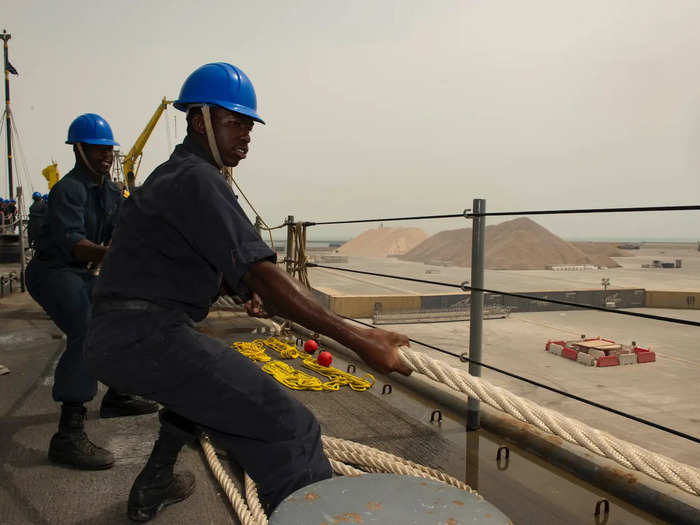
"Many existing operating locations require additional equipment to accommodate theater force re-posturing in response to Iranian aggression and counter-ISIS campaigns," the letter says.
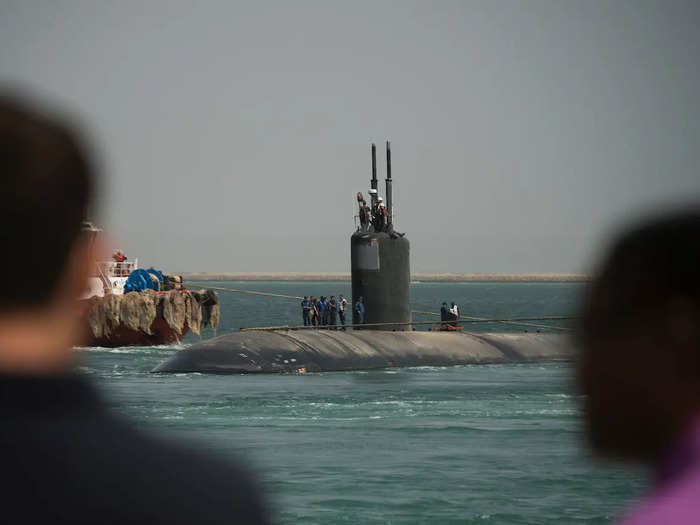
In response to that demand, Central Command requested commercially available equipment to "protect against ground attacks, small-unmanned aerial systems (sUAS), and terrorist networks in high-threat environments."
"This equipment provides Security Forces with critical explosive detection capabilities, ballistic gatehouses and towers, anti-vehicle barriers, portable small arms armories, and intrusion detection capabilities," the letter says, adding that it takes about nine months from purchase to delivery of commercial-off-the-shelf equipment due to long lead times for some items.
"Emerging demand signals have depleted [force protection] equipment stockpiles and surpassed incremental funding capability," the letter says.
An infusion of funding for fiscal year 2021, it adds, "will help alleviate equipment shortfalls that support future contingency operations."
Popular Right Now
Popular Keywords
Advertisement